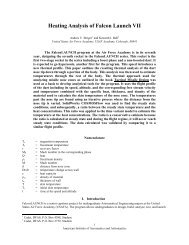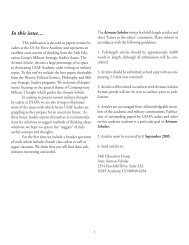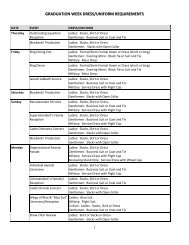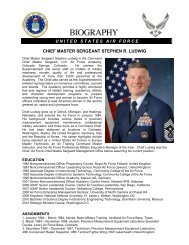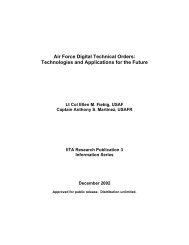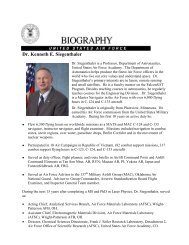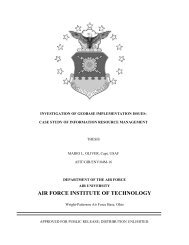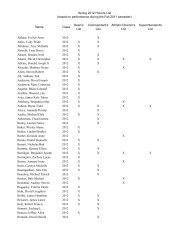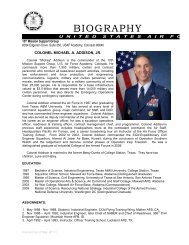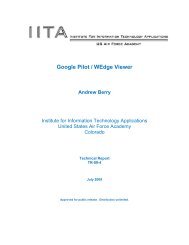the rollback of south africa's biological warfare program
the rollback of south africa's biological warfare program
the rollback of south africa's biological warfare program
Create successful ePaper yourself
Turn your PDF publications into a flip-book with our unique Google optimized e-Paper software.
<strong>of</strong> poisons, for example, to impregnate toxins into blue jeans slated for<br />
guerrillas <strong>of</strong> <strong>the</strong> Zimbabwe African National Liberation Army (ZANLA) and<br />
Zimbabwe Peoples Revolutionary Army (ZIPRA) guerrillas. The Scouts also<br />
experimented with poisoned pens to assassinate guerrilla leaders, and with<br />
bacteriological cultures that <strong>the</strong>y introduced into <strong>the</strong> Ruya River near <strong>the</strong><br />
Mozambique border in 1976. Former top Rhodesian intelligence operative,<br />
Henrik Ellert, claims that a Selous Scout operation poisoned <strong>the</strong> water supply<br />
<strong>of</strong> a town in Tete province, Mozambique in an attempt to kill ZANLA<br />
guerrillas who were reported to be operating in <strong>the</strong> area. O<strong>the</strong>r accounts allege<br />
that Rhodesian military forces experimented with cholera to contaminate rivers<br />
and with <strong>the</strong> seeding <strong>of</strong> anthrax spores in farming areas used by ZANU and<br />
ZAPU in an effort to poison guerrilla food supplies. 19 Finally, Rhodesian<br />
forces poisoned wells and were suspected <strong>of</strong> using chemical and <strong>biological</strong><br />
agents, especially in <strong>the</strong> Rhodesia’s Eastern Highlands and across <strong>the</strong> border in<br />
Mozambique. 20<br />
As <strong>the</strong> 1970s developed, <strong>the</strong> Rhodesian government became increasingly<br />
dependent on South Africa for financial support and military hardware. By <strong>the</strong><br />
end <strong>of</strong> <strong>the</strong> 1970s, SADF military intelligence was a principal source <strong>of</strong> funding<br />
for <strong>the</strong> Rhodesian counter-insurgency <strong>program</strong>, including <strong>the</strong> Selous Scouts.<br />
The Rhodesian defense budget was very small, and <strong>the</strong> regime had one<br />
rudimentary chemical and <strong>biological</strong> <strong>warfare</strong> plant that received outside aid<br />
from South Africa. In assisting Rhodesia, South African researchers continued<br />
to work on CBW and land mine projects. 21<br />
After 1980 and <strong>the</strong> independence <strong>of</strong> Zimbabwe, South African<br />
involvement in <strong>the</strong> Rhodesian guerrilla war provided useful training<br />
opportunities and personnel connections. Many Selous Scouts left Rhodesia<br />
and were quickly integrated into special units <strong>of</strong> <strong>the</strong> SADF and SAP. SADF<br />
Special Forces and SAP <strong>of</strong>ficers stationed in Rhodesia had studied <strong>the</strong><br />
organizational structures and tactics used by <strong>the</strong> Selous Scouts, including <strong>the</strong><br />
8




